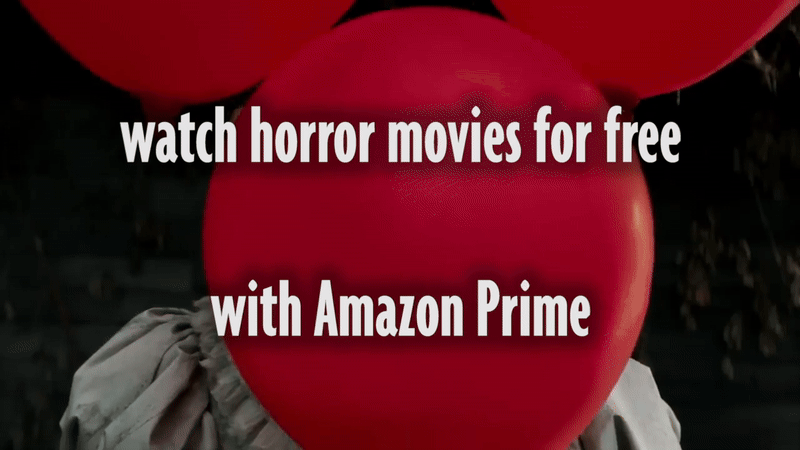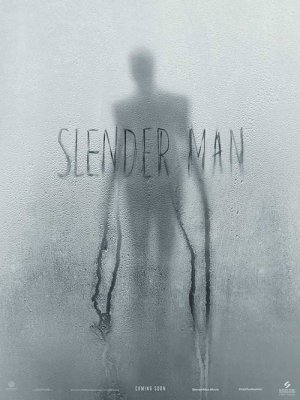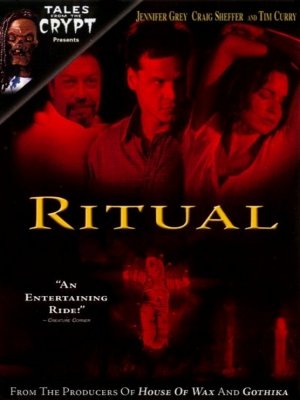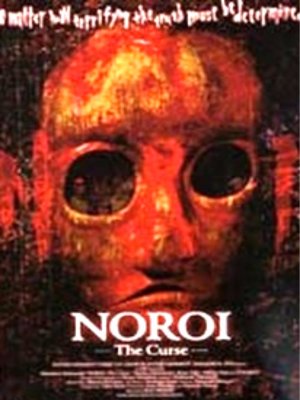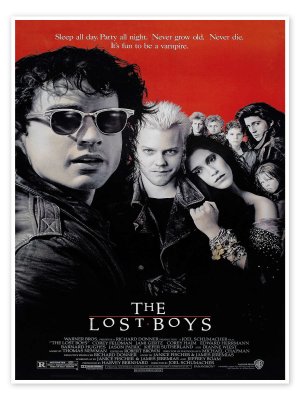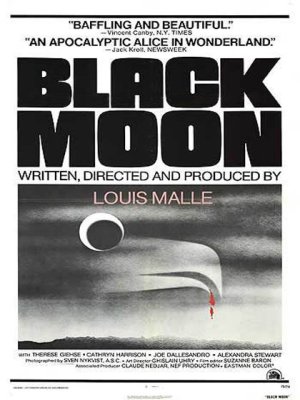The Blair Witch Project
Found video footage tells the tale of three film students (Heather Donahue, Joshua Leonard, Michael C. Williams) who've traveled to a small town to collect documentary footage about the Blair Witch, a legendary local murderer. Over the course of several days, the students interview townspeople and gather clues to support the tale's veracity. But the project takes a frightening turn when the students lose their way in the woods and begin hearing horrific noises
The Horror! The Horror! It's everywhere this summer. Look at the fear on the face of gorgeous Catherine Zeta-Jones in The Haunting, a $75 million scarefest from Twister director Jan De Bont in which Zeta-Jones' lesbian designs on Lili Taylor pale next to the hideous designs that a haunted New England mansion has on both of them. Or check out The Deep Blue Sea, with Cliff-hanger director Renny Harlin pulling every trick an $80 million budget can buy to put Samuel L. Jackson, Thomas Jane and Saffron Burrows at the mercy of merciless, supersize sharks. Screenwriter David E. Kelley (Ally McBeal, The Practice) seasons the gore with giggles in Lake Placid, featuring Bridget Fonda and a scene-stealing Brendan Gleeson out to stop a huge crocodile from bloodying a lake in Maine. It's a lake-front Anaconda, in which Jon Voight became the first Oscar winner to be swallowed by a jumbo snake. That's right: Lake Placid is the usual cheese passing for quality in a genre that has long since replaced inspiration with digital monsters, costly effects and fresh ways to splatter blood.
Help is on the way. I have seen the new face of movie horror and its name is The Blair Witch Project, a groundbreaker in fright that reinvents scary for the new millennium. Better yet, it does the job without guns or a glimpse of a naked, screaming coed and with a budget ($75,000) that couldn't buy George Lucas a proper car. It's what you don't see in The Blair Witch Project that pumps your adrenalin and, in the best Hitchcock tradition, keeps you hanging on.
The film opens with an explanatory note, and -- no understatement -- it's a grabber:
In October of 1994, three student filmmakers disappeared in the woods near Burkittsville, Maryland, while shooting a documentary. A year later, their footage was found.
It's that edited footage of their five days in the woods that we watch for the next eighty-seven minutes of sweaty palms and rabid anticipation. Heather Donahue, carrying a High 8 color video camcorder and a list of questions, is the leader of the crew, which includes soundman Michael Williams and camera operator Joshua Leonard, who shoots on 16 mm black-and-white film. The trio hikes into Maryland's Black Hills Forest, a two-hour drive in Josh's car from Washington, D.C. The purpose is to investigate a local legend, begun in 1785, about an alleged witch named Elly Kedward who was banished from the area (then called Blair) for luring children into her home to draw their blood. A year later, the town's children mysteriously vanished, and the Blair Witch cult grew.
Over time, others are reported missing, and in 1886, disemboweled bodies are found at Coffin Rock, along with oily bundles of sticks. Heather interviews Mary Brown, a disoriented resident of the area, who claims to have seen the witch, a hairy blend of human and beast, near Tap-py Creek. When two fishermen claim that the area can be reached by an old logging trail, Heather, Joshua and Michael begin their journey into the heart of darkness.
Things start well enough, until Heather gets the crew lost and the guys curse her out for having them walking in circles. In their tents, they start hearing strange sounds outside, like twigs being stepped on. At daylight, they discover bundles of sticks and a burial ground. The cameras, which can't capture the thing or things that go bump in the night, produce increasingly shaky images that reflect the nerves of the crew.
No fair to reveal more or to reflect on the ambiguous ending, which will have you arguing for days. Tension mounts as Heather, Joshua and Michael lose their psychological bearings, rage at each other and tempt fate in a deserted cabin that fully defines Heather's fear when she says, "I'm scared to close my eyes and I'm scared to open them."
Stop reading now if you don't want to know the tricks that make The Blair Witch Project such a terror treat. Or maybe you've already surmised that the movie is a devilishly clever scam. For starters, the story isn't true. It was dreamed up by Eduardo Sanchez, 30, and Daniel Myrick, 35 -- friends from the University of Central Florida Film School -- who also directed and edited the movie. Along with three other UCF alumni -- producers Gregg Hale and Robin Cowie, and co-producer Michael Monello -- they hired three unknown actors who were skilled at improvisation. That's because the actors were sent into the Maryland woods with only the barest bones of a story and asked to make up the dialogue as they went along. Sanchez and Myrick also taught them how to operate the camera and sound equipment. That handheld, home-movie feel is for real.
So are the rattled looks on the actors' faces. The directors took their cue from producer Hale's Army training and shot the film like a military exercise. There was little contact with the actors, who were deprived of sleep and sometimes food rations in the name of authenticity. It's doubtful even Titanic dictator James Cameron would torture actors to that extent. Still, there's no doubting the payoff. Sanchez and Myrick have made a sly virtue of limited resources and made a film that will creep you out of your skin.
Who says imagination isn't rewarded in Hollywood? The filmmakers sold their chicken-feed-financed debut feature to Artisan Entertainment for a way-cool $1.5 million, won raves at film festivals from Sundance to Cannes and spawned a mini Blair Witch industry that includes a novelization, a comic book, a soundtrack CD, a Sci-Fi Channel special and -- yikes -- a Web site (blairwitch.com). And guess what? The movie is so good that you don't for a second hate them for it.

